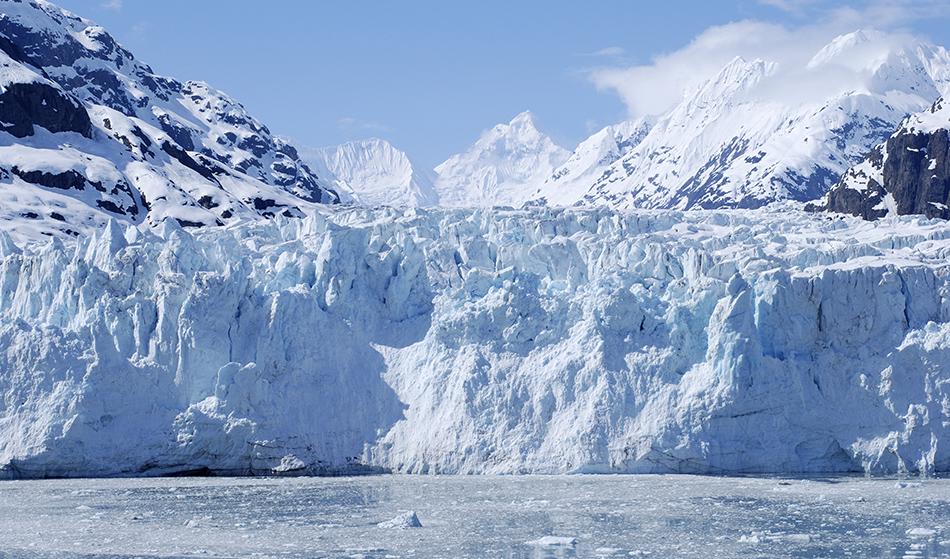When biomass or fossil fuels do not burn completely, they produce aerosols called black carbon. A new study published on 13 February 2018 in Science Advances reports that the sources of black carbon in the Arctic vary with the seasons; with fossil fuels contributing the most in winter and burning biomass contributing the most in summer. This emphasizes the need for targeted efforts aimed at reducing emissions to limit the effect of black carbon on global warming.

Ramunas Bruzas/Shutterstock
Background
A significant focus of efforts to mitigate global warming focuses on reducing carbon dioxide emissions. However, soot produced by burning fuel, particularly coal, and by the agricultural burning of fields to clear them for the next planting, are other sources that play a large part in global warming.
In these cases, the fuel does not burn completely and leaves behind tiny black particles of carbon that float upwards and travel long distances before settling down. When the particles settle on the ice, making it black, it begins to absorb heat and melts, rather than reflecting sunlight. Thus, the great ice sheets of the Arctic melt more rapidly than they otherwise would, accelerating climate change.
Although there have been some studies in the past which try to understand the sources and effect of black carbon on melting ice in the Arctic, they have mainly been theoretical modeling efforts, and empirical data is rare. The scarcity of observations, in turn, provides poor modeling results. Even if observations are present, they usually only cover up to a year.
Method
To increase the empirical data available, an international team of researchers collected year-round samples from 5 different sites in the Arctic (across Canada, Svalbard, and Alaska) over 3 years and determined the carbon aerosol content. The samples were collected on filters placed at these locations, burnt, and the char analyzed to determine the carbon in the air. To provide a circum-Arctic analysis, the researchers also included previous data collected from northern Scandinavia, northern Siberia, and another site in Alaska.
Results
The observations showed that overall, the soot concentrations were low in summer and increased dramatically in winter. In addition, the dominant black carbon was found to come from burning fossil fuels like coal, diesel, and petrol.
However, the predominant source of black carbon also changed with the seasons. The summers saw a greater contribution from burning biomass (for example wildfires or burning croplands), whereas the winter months saw a greater contribution from burning fossil fuels, generally used for keeping buildings warm. The researchers also used the observations to model the level of pollutants and found a general agreement between the empirical and theoretical data.
Conclusion
The authors suggest that greater attention must be paid to the different sources of aerosol pollutants in the Arctic, particularly the effect of wildfires and other biomass across the summer months.
To mitigate the effect of the pollutants on climate change in the Arctic, it is important for the Arctic countries to understand the different sources of pollutants, and formulate informed policies to combat the accelerating warming of the Arctic.
Source
Funding for the study was provided by the Swedish Energy Agency, the Swedish Research Council, the European Research Council, the U. S. Department of Energy, the C. Gus Glasscock Jr. Endowed Fund for Excellence in Environmental Sciences, the Russian Government, the Russian Scientific Foundation, and Environment and Climate Change Canada.
Disclaimer: The views expressed here are those of the author expressed in their private capacity and do not necessarily represent the views of AZoM.com Limited T/A AZoNetwork the owner and operator of this website. This disclaimer forms part of the Terms and conditions of use of this website.